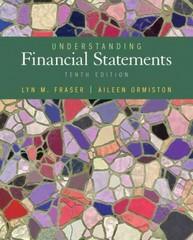Question
The Australian Taxation Office's auditors routinely check tax returns to determine whether calculation errors have been made and to detect fraudulent returns. There are several
The Australian Taxation Office's auditors routinely check tax returns to determine whether calculation errors have been made and to detect fraudulent returns. There are several methods used by dishonest taxpayers to evade income tax. One method is not to declare various sources of income. Auditors have several methods of detecting this, including analysing spending patterns. Another form of tax fraud is to claim fraudulent deductions. After analysing the returns of thousands of self-employed taxpayers, an auditor has determined that 45% of fraudulent returns contain two suspicious deductions, 28% contain one suspicious deduction, and the rest no suspicious deductions. Among honest returns the rates are 11% for two suspicious deductions, 18% for one suspicious deduction, and 71% for no suspicious deductions. The auditor believes that 5% of the returns of self-employed individuals contain significant fraud. The auditor has just received a tax return for a self employed individual that contains one suspicious expense deduction. What is the probability that this tax return contains significant fraud?
Please explain the steps
Step by Step Solution
There are 3 Steps involved in it
Step: 1

Get Instant Access to Expert-Tailored Solutions
See step-by-step solutions with expert insights and AI powered tools for academic success
Step: 2

Step: 3

Ace Your Homework with AI
Get the answers you need in no time with our AI-driven, step-by-step assistance
Get Started


